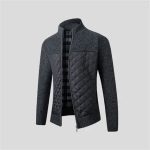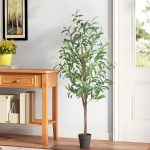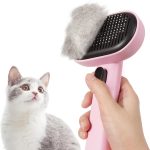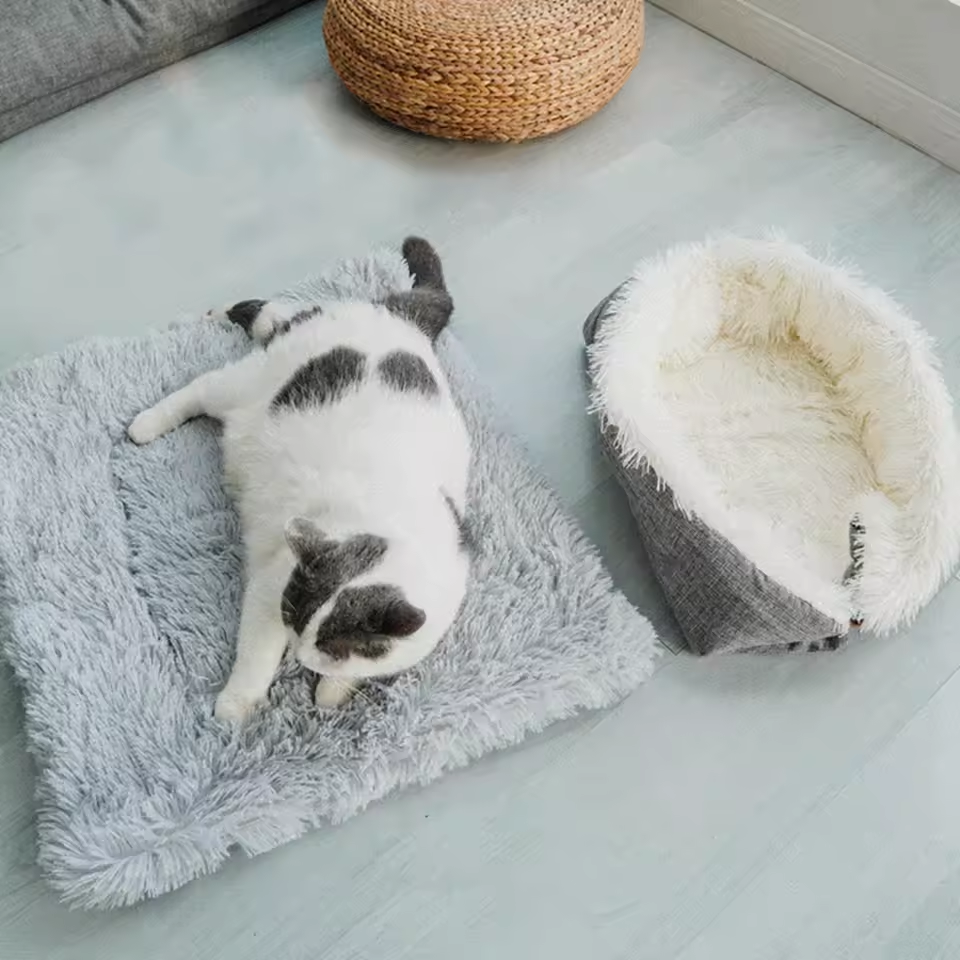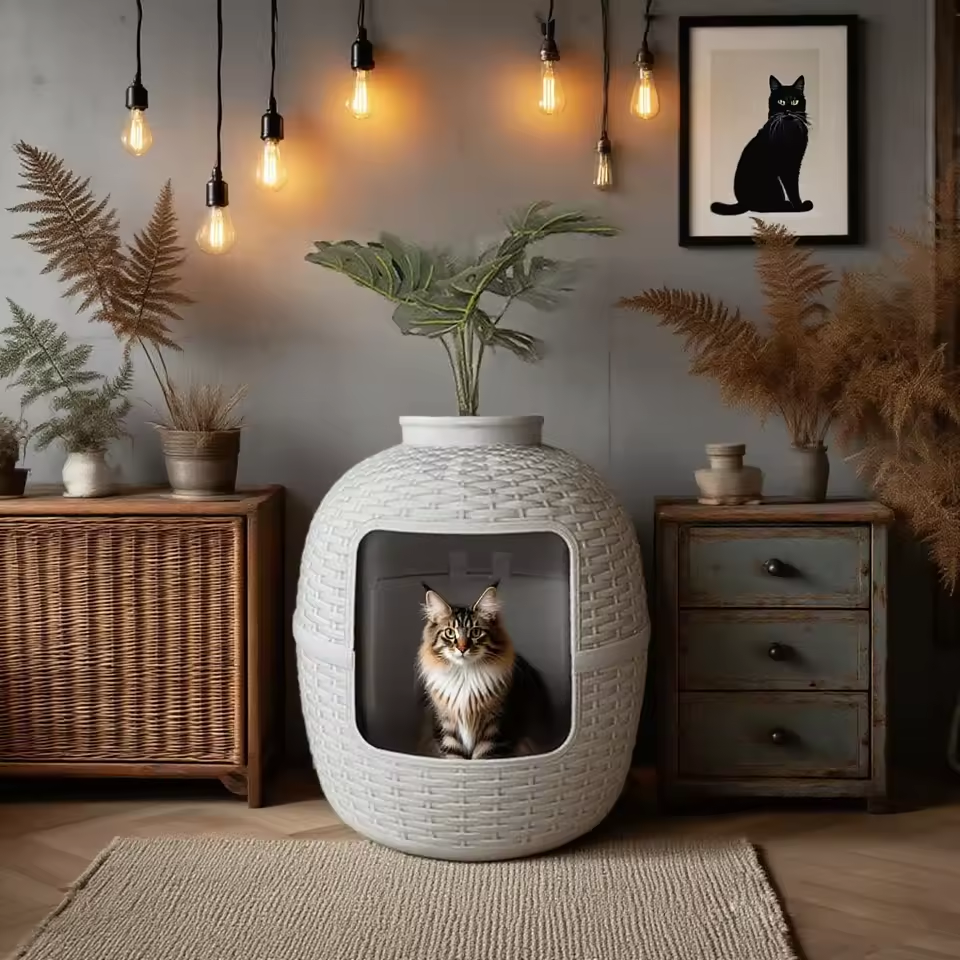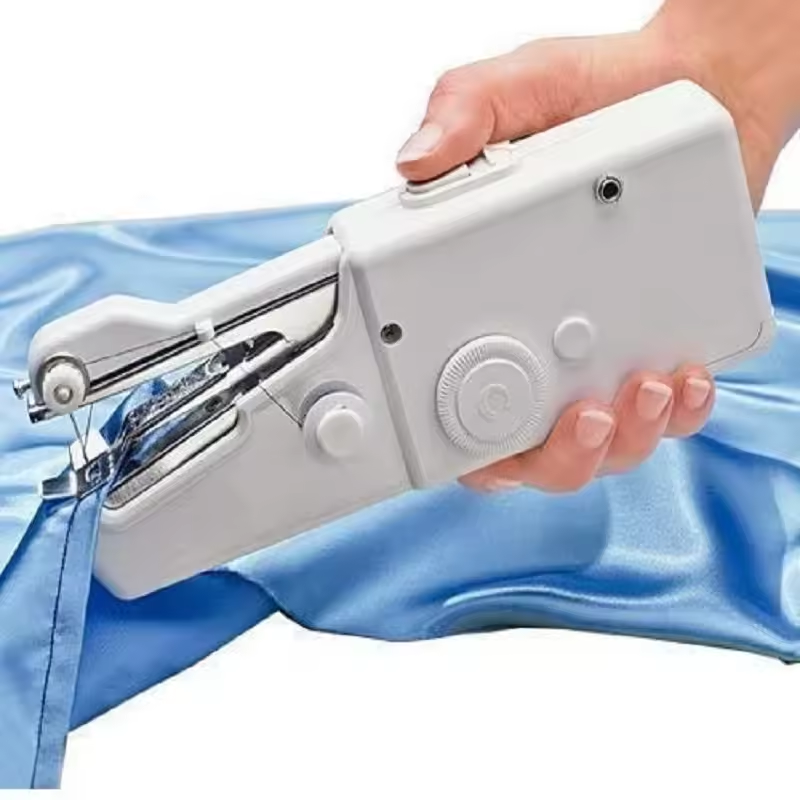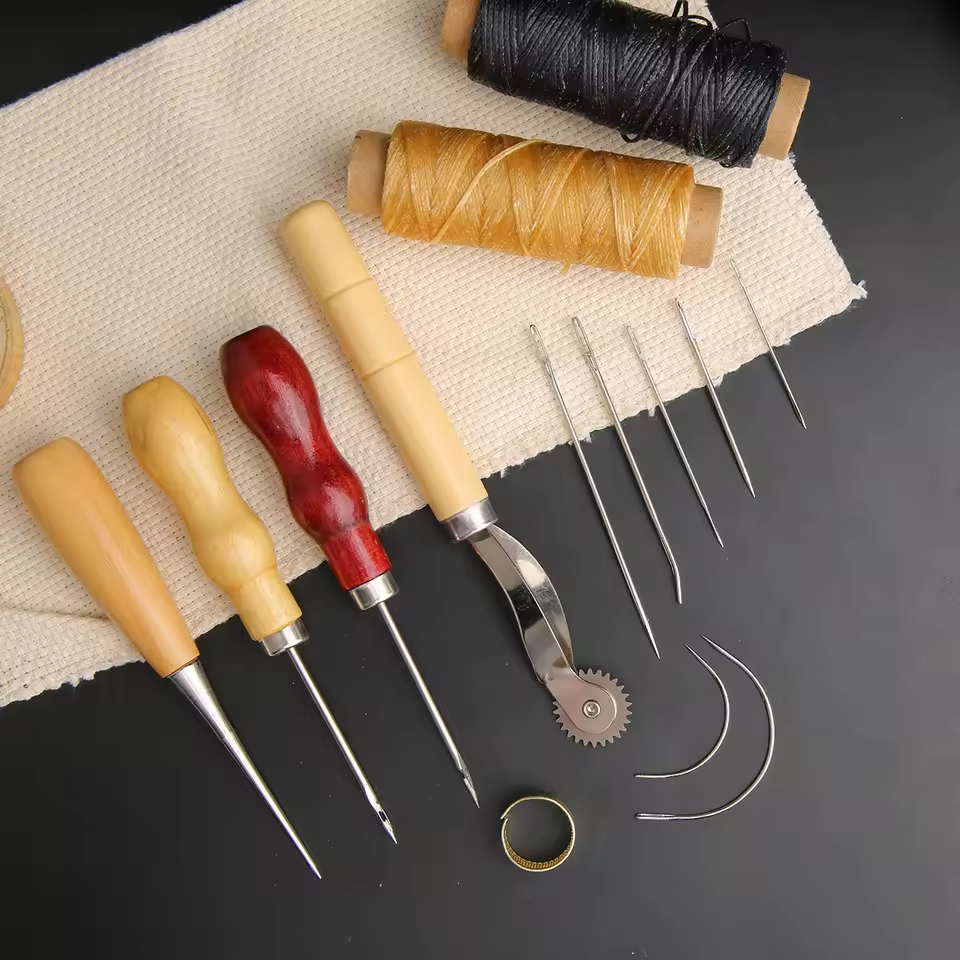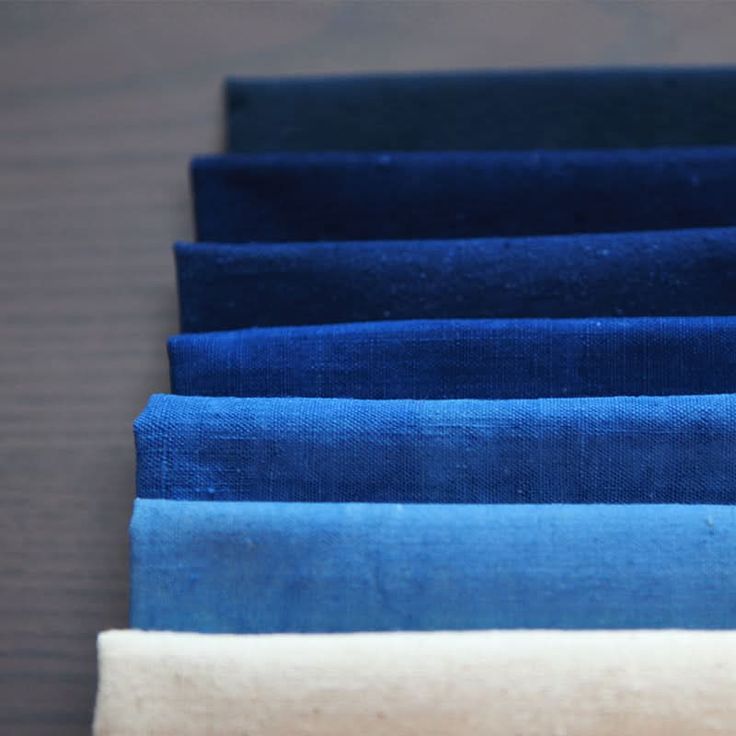Essential Features to Consider in a Beginner Sewing Machine
When diving into the world of textiles, finding the best sewing machine for beginners can feel overwhelming. Here are key features you should look for to ensure a smooth start:
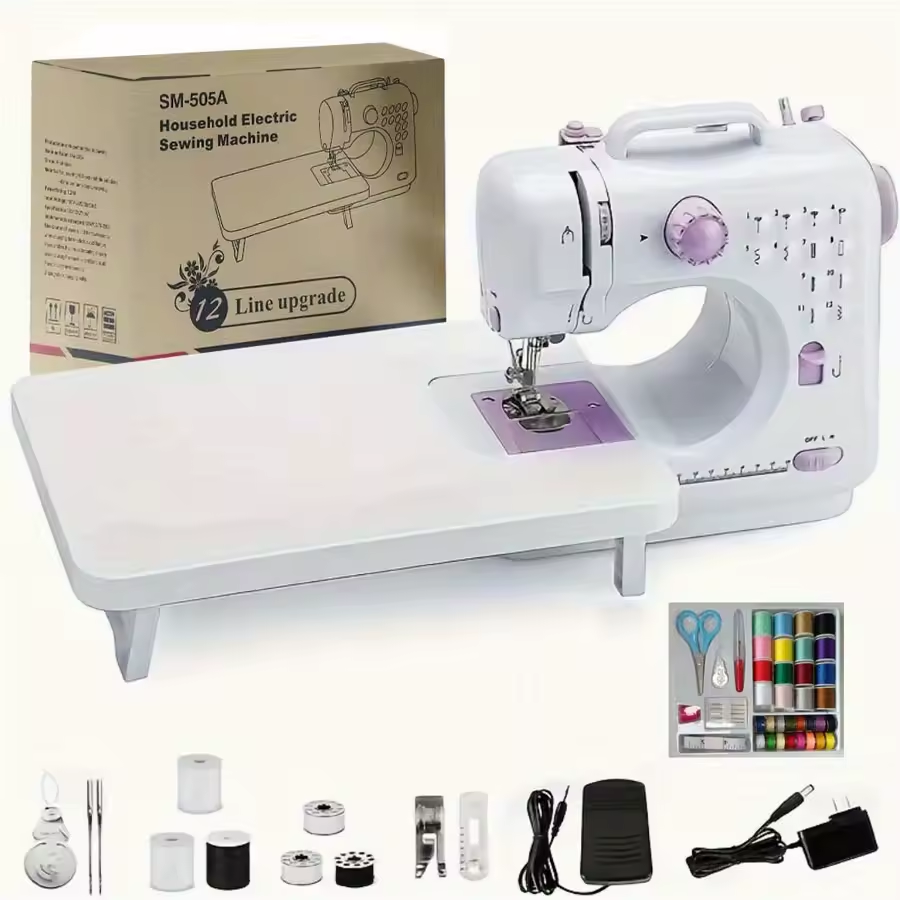
- User-Friendly Interface: Look for machines with intuitive controls and straightforward instruction manuals. The easier it is to understand the settings, the better your learning experience will be.
- Basic Stitch Options: A machine with a variety of basic stitches, such as straight stitch, zigzag, and buttonhole, is essential. These foundational stitches will cover most beginner projects.
- Adjustable Stitch Length and Width: Control over stitch dimensions gives beginners the flexibility to experiment with different sewing techniques.
- Automatic Needle Threader: Threading a needle can be frustrating. An automatic needle threader saves time and eases one of the most tedious tasks.
- Free Arm Capability: This feature allows you to sew cylindrical items, like sleeves and pant hems, more easily.
- Good Lighting: Ample lighting is crucial for seeing your work and avoiding eye strain. Ensure the machine has a built-in light.
- Sturdy Metal Frame: A metal frame is durable and can handle a wide range of fabrics without wobbling or skipping stitches.
- Multiple Presser Feet: Having varied presser feet enables you to tackle different sewing tasks, from installing zippers to creating buttonholes.
By focusing on these aspects, beginners can find a sewing machine that is easy to use and versatile enough for a variety of projects. These features will also provide a solid foundation for developing sewing skills without overcomplicating the process.
Top Sewing Machines for Beginners in the Market
Choosing the best sewing machine for beginners can be daunting, so to help, here’s a selection of top picks from the market. These machines blend user-friendly interfaces with the essential features needed to start your sewing journey.
- Brother CS6000i: This machine is a hit with beginners. It has an intuitive LCD display, adjustable stitch speed, and comes with 60 built-in stitches. The Brother CS6000i is known for its ease of use.
- Singer Start 1304: Singer’s entry-level model offers six essential stitches that operate with a simple turn of a dial. Its heavyweight frame makes it sturdy for various projects.
- Janome Mod-19: With 19 stitches and a built-in needle threader, the Janome Mod-19 is great for novices. It also boasts a free arm for sewing sleeves and cuffs with ease.
- Singer 4423 Heavy Duty: This machine has a powerful motor and can sew a wide array of fabrics. It’s equipped with 23 stitches and an automatic needle threader making it beginner-friendly yet robust.
These are some of the best sewing machines for beginners available today. Each offers features that make the learning process smoother. Remember to consider the outlined essential features when making your choice. The right sewing machine could be a game-changer in mastering the art of sewing.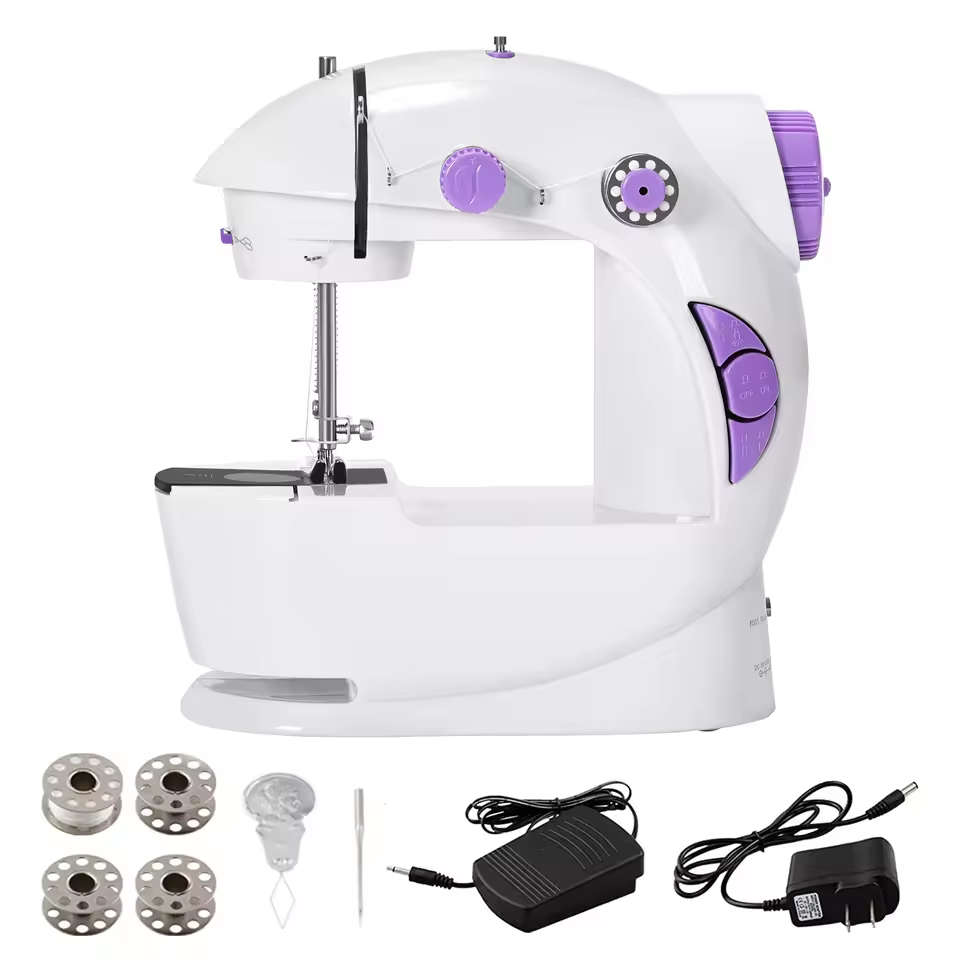
Benefits of Starting with a User-Friendly Machine
Starting your sewing journey with a user-friendly machine has several advantages. Here are some benefits to consider:
- Ease of Learning: A straightforward machine makes understanding the basics simpler. This means quicker progress and less frustration.
- Confidence Building: Simple operations help boost your confidence. As you master tasks without complications, your sewing skills grow.
- Time Efficiency: User-friendly machines often have features that save time. For example, automatic threading means more time spent sewing instead of setting up.
- Versatility: A good starter machine offers basic features that are versatile enough for various projects. This gives you room to experiment and learn at your own pace.
- Durable Investment: Oftentimes, these machines are built to last. Starting with a quality, user-friendly machine ensures it will serve you well for years.
- Reduced Maintenance: User-friendly machines may be simpler in design, which often means fewer maintenance hassles.
Choosing the best sewing machine for beginners involves finding one that won’t intimidate or discourage you. It should welcome you into the sewing world with open arms, making your initial steps enjoyable and educational. So, consider starting with a sewing machine that promises a user-friendly experience for a seamless entry into the craft of sewing.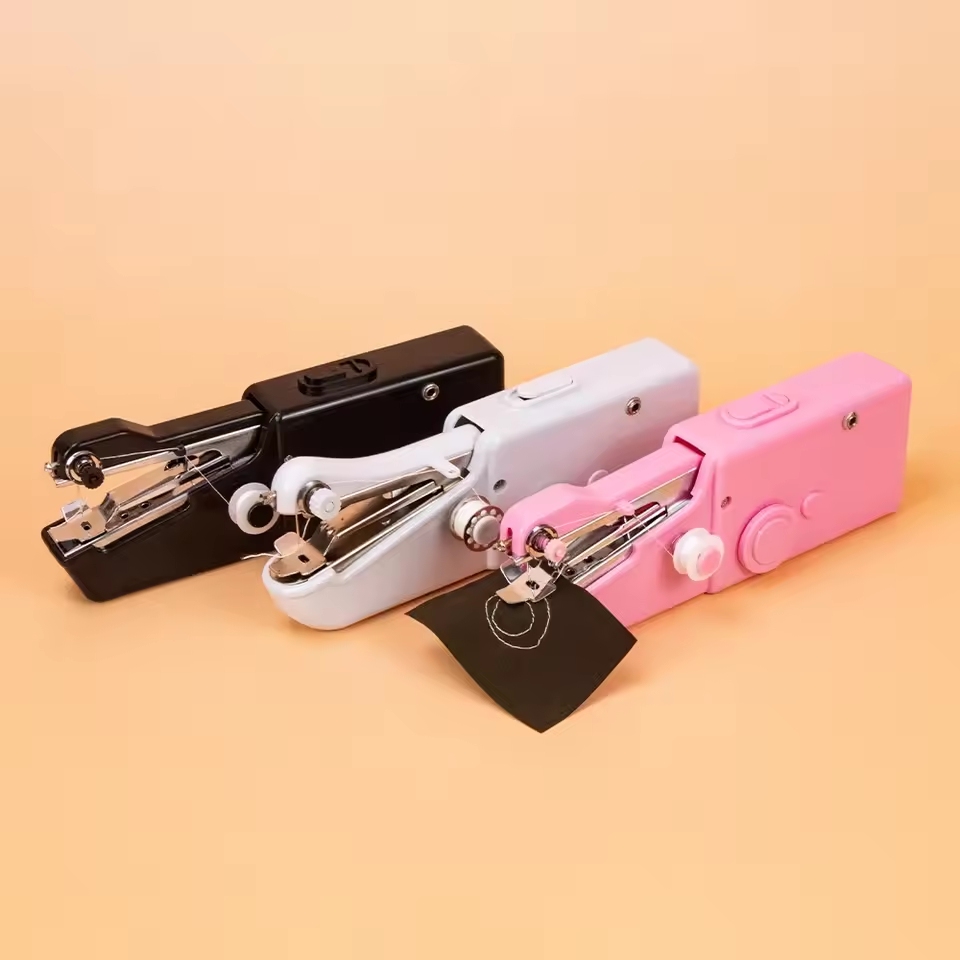
Understanding the Different Types of Sewing Machines
As a beginner, navigating through different types of sewing machines can be confusing. Understanding the variations helps in making an informed decision. Here’s a simple breakdown of the common types you’ll encounter:
- Mechanical Sewing Machines: These are basic, no-frills machines that are manually operated. They are durable and usually less expensive. Ideal for simple sewing tasks.
- Electronic Sewing Machines: Electronic models offer more features, such as a variety of stitches and automatic settings. They are suitable for those with some sewing experience.
- Computerized Sewing Machines: These high-end machines come with advanced features. They can connect to the internet, have touch screens, and offer extensive stitch options. Good for experienced sewers looking to invest.
- Overlockers or Sergers: Sergers are specialized machines for edging, hemming, and seaming. They work well with stretch fabrics and can give a professional finish.
- Embroidery Machines: Specifically used for embroidery work, they allow you to create intricate patterns. They’re best for those interested in decorative sewing.
Each type caters to different needs and skill levels. Beginners should start with mechanical or simple electronic machines. As skills improve, one might consider upgrading to computerized or specialized machines. When choosing the best sewing machine for beginners, think about what you aim to achieve with your sewing projects. This will guide you towards the machine that aligns with your aspirations and goals in sewing.
Learning to use a new sewing machine can be akin to learning to drive. It might seem complex at first, but with the right guidance, it becomes a skill that can provide endless creative enjoyment. Here’s a beginner-friendly guide to help navigate your sewing machine:
- Read the Manual: Start with the manual. It is your best guide to understanding your specific model.
- Familiarize Yourself with Parts: Locate the bobbin, needle, thread spool, and presser foot. Knowing these parts is crucial.
- Powering On/Off: Make sure you know how to safely turn your machine on and off.
- Threading the Machine: Follow the manual to thread your machine correctly. This step is essential for proper stitching.
- Loading the Bobbin: Learning to wind and insert the bobbin is fundamental. The manual will show you how.
- Practicing Stitches: Start with basic stitches. Practice them until you feel comfortable.
- Adjusting Tensions: Understand how to adjust the tension for different fabrics.
- Maintenance Basics: Keep your machine dust-free and oiled as instructed in the manual.
With these steps, beginners can get a better handle on their sewing machines. The best sewing machine for beginners will make this process easier. It’s all about patience and practice; soon, operating your sewing machine will become second nature. Remember, every sewer was once a beginner. Keep experimenting with your newfound tools and functions, and you’ll grow more adept by the day.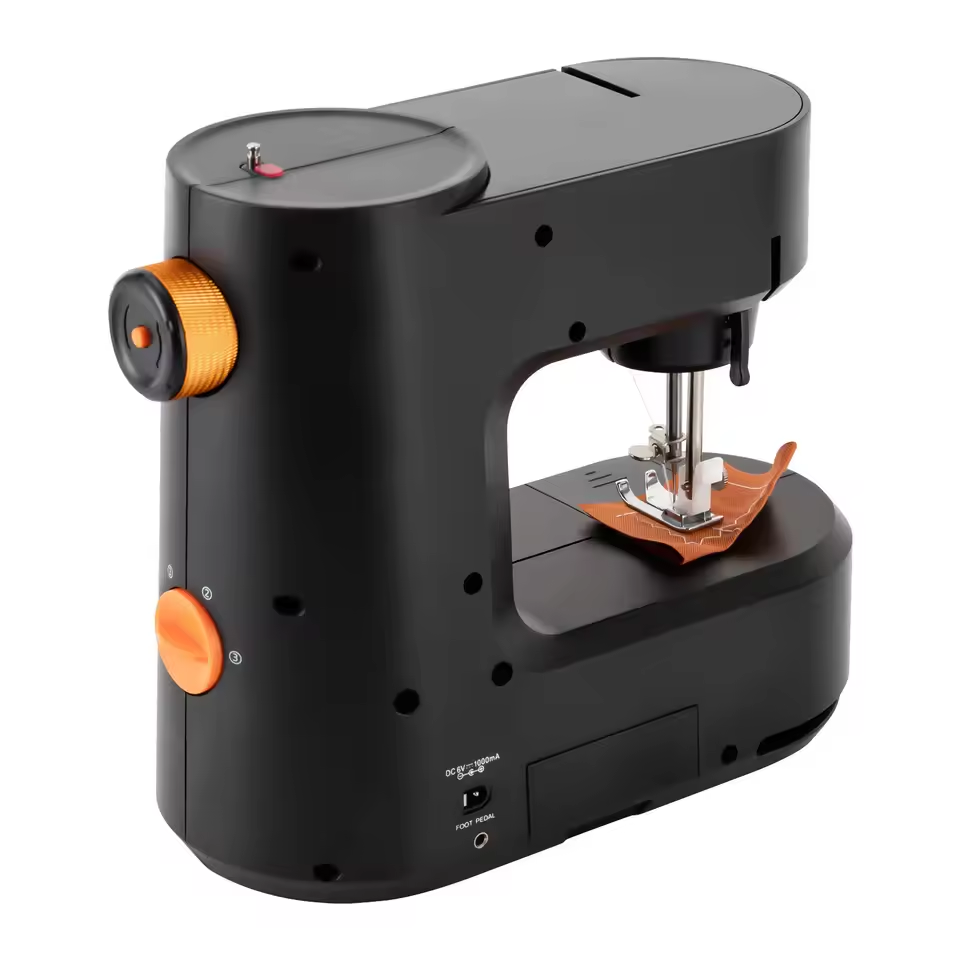
Troubleshooting Common Issues for New Sewers
As a beginner in sewing, encountering issues with your sewing machine is normal. Here’s how to handle common problems efficiently:
- Thread Breaking: Check if the thread is the correct type for your fabric. Ensure it’s properly threaded.
- Skipped Stitches: Confirm the needle is inserted correctly and isn’t blunt or bent. Use the right needle for the fabric.
- Fabric Not Feeding: Clean the feed dogs. Check if the presser foot is down.
- Machine Jamming: Gently remove tangled threads. Turn off the machine before cleaning the bobbin area.
If these fixes don’t solve the problem, refer to the manual or contact customer service. With time and experience, solving these issues will become easier. Remember, practice makes perfect, and soon these hiccups will be just a minor part of your sewing journey.
Sewing Projects to Kickstart Your Sewing Adventure
After selecting the best sewing machine for beginners, it’s time to start sewing! Here are simple projects to begin with:
- Pillowcases: A perfect first project. You learn straight stitches and how fabrics come together.
- Tote Bags: Practice more on straight stitches. Tote bags also let you experiment with different fabrics.
- Scarves: Work with light, flowing fabrics. Scarves can introduce you to hemming.
- Simple Skirts: Elastic waistbands make skirts easy to sew and fit. You can also try adding pockets.
- Placemats: With placemats, you explore measuring and cutting fabric accurately.
- Aprons: Aprons combine several techniques like binding and making straps.
- Pajama Pants: Cutting patterns and sewing straight seems help you grow in confidence.
These projects use basic stitches and materials, perfect for beginners. They’ll boost your skills, confidence, and prepare you for more challenging tasks. As you work through projects, remember to have fun and enjoy the process. Happy sewing!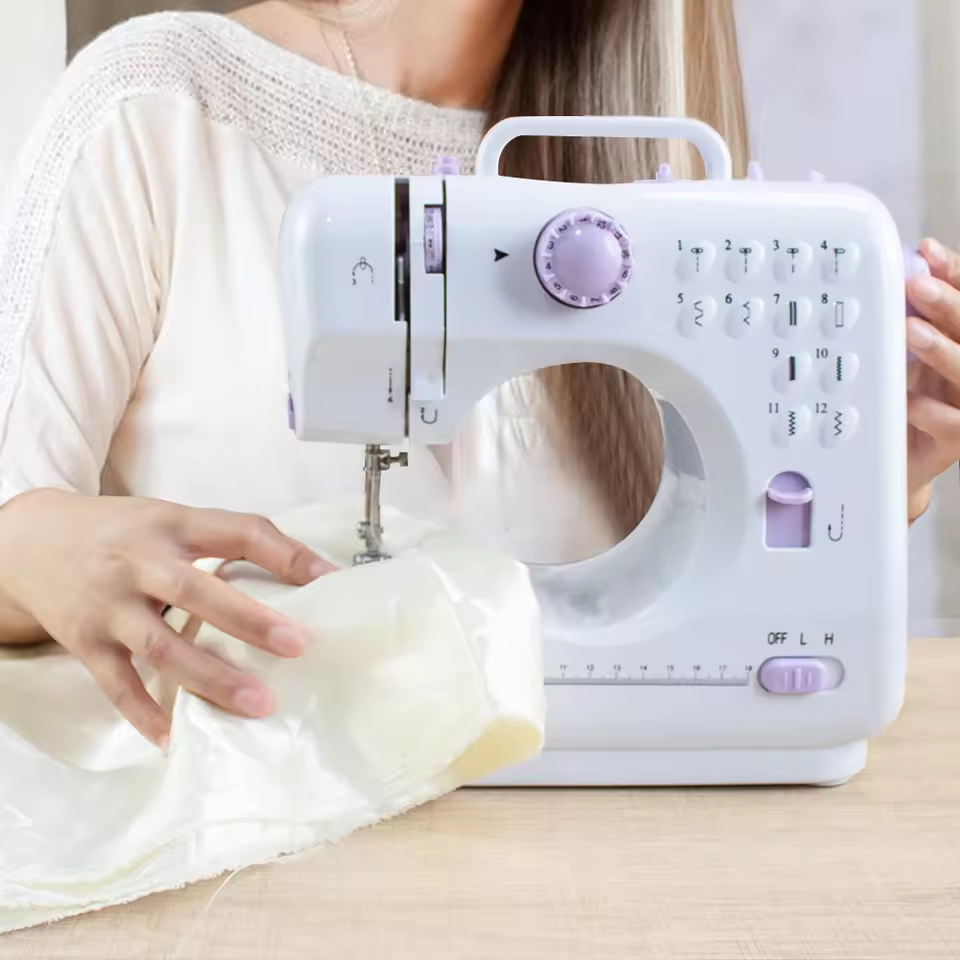
How to Choose the Perfect Sewing Machine for Your Needs
Choosing the best sewing machine for beginners isn’t just about the price tag. Here’s what to consider:
- Consider Your Projects: Think about what you want to sew. Different machines suit different tasks.
- Set a Budget: Decide how much you can spend. A good machine matches your financial limits.
- Check for Growth: Pick a machine that will grow with your skills. You might need more features later.
- Ease of Use: Make sure it has a simple interface. You want stress-free sewing, not a puzzle.
- Weight and Size: Consider how much space you have. Some machines are portable, some are not.
- Read Reviews: Look into what others say about the machine. User experiences can be very telling.
- Warranty and Support: Ensure you have after-sale support. It’s important for troubleshooting and repairs.
Choosing a sewing machine is a personal journey. It should feel right for you and your ambitions in sewing. Take your time, do your research, and select one that promises a smooth and enjoyable experience.
